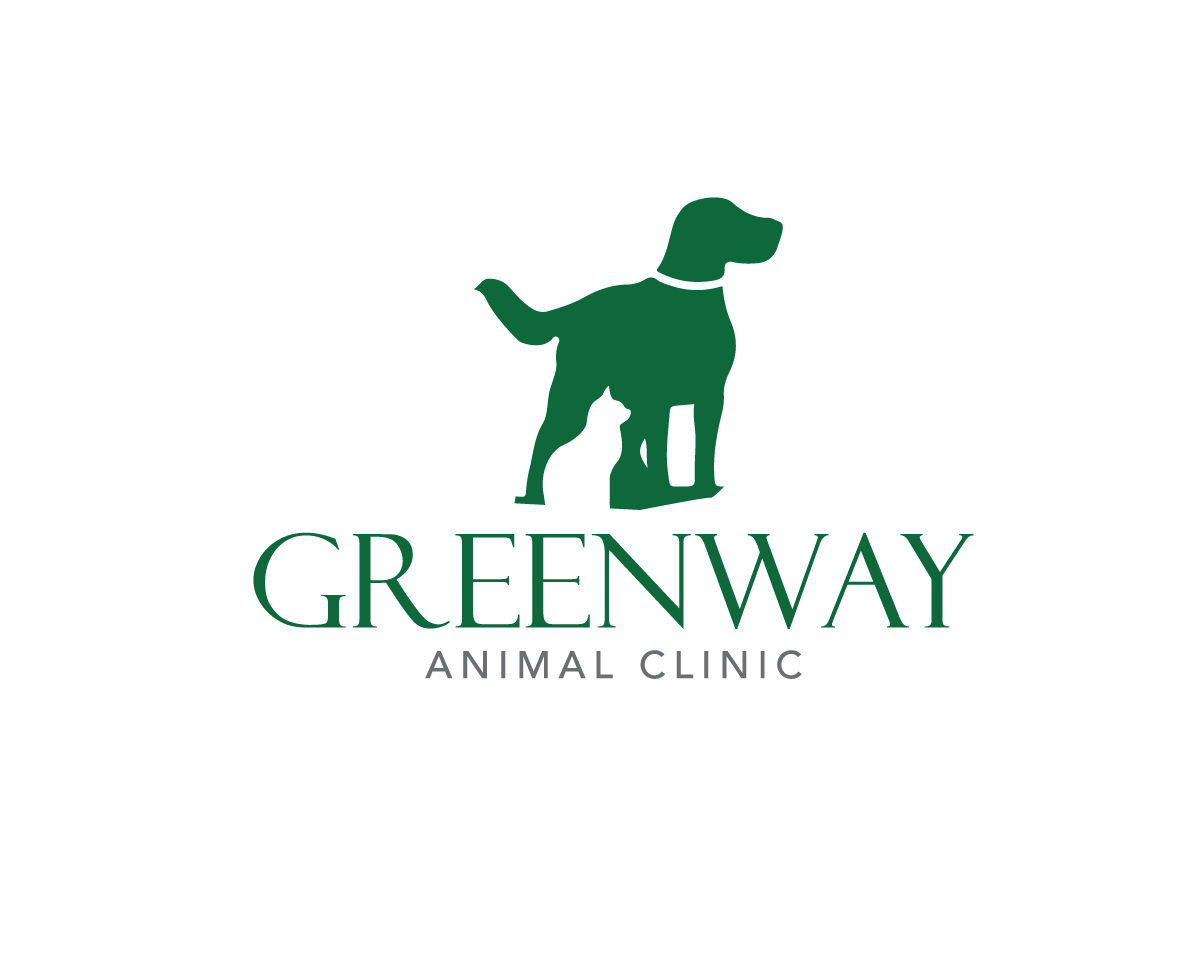Pet Health Library
-
Oral hygiene preparations include dentifrice, toothpaste and dental paste or solution. Most contain an inorganic abrasive and chlorhexidine. These products are used to prevent dental plaque and gum disease.
-
An epulis (plural epuli) is the clinical name for a swelling on the gums. Several different tumours share this name, often of different origins including the tooth-socket lining and lining epithelium of the mouth.
-
Oral fibrosarcomas are rapidly growing, malignant tumours originating from the fibrous connective tissue of the mouth. The tumours are rarely cured by surgical removal.
-
Oral melanoma (malignant melanoma or melanosarcoma) is a tumour of melanin pigment producing cells (melanocytes). The cancers are rapidly growing and unfortunately are rarely completely cured by surgical removal.
-
Oral papillomas are benign tumours of the epithelial lining of the mouth and throat caused by papillomaviruses. The viruses are specific for that species of animal and fairly site specific but can be transmitted to skin or eyes if the protective outer epithelium is damaged.
-
Squamous cell carcinomas are malignant cancers originating from the lining cells of the mouth. They are locally invasive and often recurrent.
-
Bilateral orchidectomy or castration, neuters or desexes the dog. Orchidectomy may also be performed for the treatment of testicular tumours and sometimes infections involving the prostate gland.
-
Raising an orphaned litter is a time consuming although rewarding experience. Neonates are very fragile and despite all the care and attention, losses can be inevitable.
-
Osaterone acetate is used in male dogs for the treatment of benign prostatic hypertrophy. This means an increase in size of the prostate gland and this increase in size is not due to cancer.
-
Osteoarthritis commonly occurs in older cats but the importance of this disease has only recently been recognised. This is because it can be difficult to see the signs of arthritis in cats as they are not taken out for walks (like dogs) and are very adaptive.

